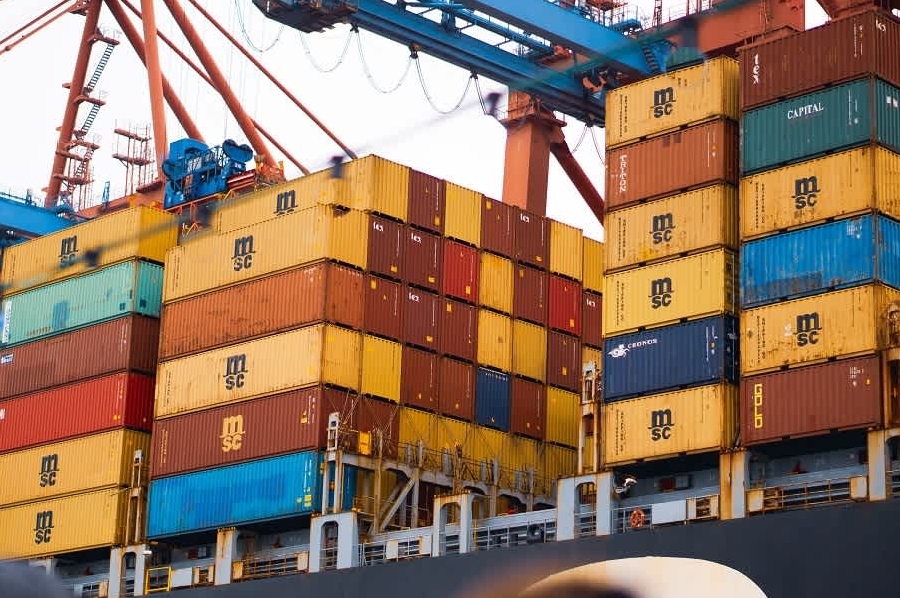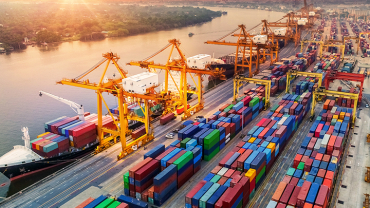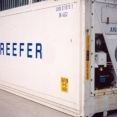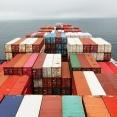
Transportation and logistics managers are faced with an array of challenges and opportunities that contrast dramatically with those of a decade ago. Factors like lack of truck drivers, lack of container capacity and associated price hikes,…are causing serious disruptions in the supply chain.
- Realizing operational efficiency in times of increasing costs and big shortage of skillful people.
- Lack of an end-2-end visibility, control and aligned decision making, due to presence of functional silo’s.
- Ability to capture data continuously , in real time and to deploy new technology (IoT,..) in the most efficient way.
- Ability to act on risks or opportunities more quickly and to make informed decisions.




